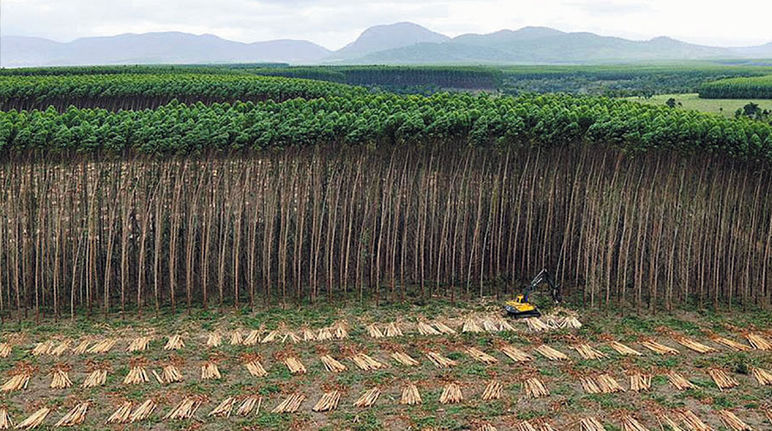Money abd complementary currencies 06
“It’s good that people don’t know about the monetary and banking system, otherwise there would be a revolution tomorrow morning.”
Henry Ford
Did you know that the number of banknotes and coins in our economy does not exceed 3%?
97% of money is fictitious, that is, it has been created out of nothing, which leads us to an oversizing of the financial economy compared to the productive economy.
We see more and more clearly that private banks and multinationals hold economic power. Have we stopped to think about what repercussions it has? What is the role of the state as guarantor of the welfare of the citizenry? How does it affect our daily economy?
And a couple more questions: How can we reappropriate our generation of wealth? Is it possible to generate our own money?
Under this new perspective, we understand the need for Economic Empowerment based on:
Rethinking our needs and how we satisfy them > Consumption Models
Trust, Cooperation and Mutual Support > Relationship Framework
Proximity, Replicability and Interconnection > Scale Factors
Multiplicity of Local Economies > New Tools
As they say from the Ecological Economy: “The economy is embedded in nature, there are limits to material growth and critical environmental problems, the scale of the economy has been able to exceed its sustainable size, affecting its resilience.”
Why complementary currencies?
There are at least 3 compelling reasons to propose complementary economic tools to legal tender.
#1: Structural instability. Beyond the financial crisis of 2008, the most visible but not the only one, since 1970 we have suffered 145 bank crashes, 204 monetary collapses, 72 sovereign debt crises, and 48 massive crashes between 1637 and 1929.
#2: Ecological predation. Our “market” and its principles of value and competition have led us to the depletion of resources and energy, to extensive exploitation of the land, to globalized production and distribution, to massive hyperconsumption
#3: Loss of sovereignty and resilience. In this context, we see ourselves from the local level totally cornered by global markets and finances, by the concentration of power and by the difficulty of a possible dissidence.
We live in a monetary monoculture that has low resilience. Faced with this monoculture, we must bet and develop a strong monetary diversity that allows us to overcome and counteract the negative effects with high resilience.

Forest monoculture for cellulose (Source: Salva la Selva Platform)

Biodiversity and high resilience (Source: Forests of the world)
